Supporting and leading scientific projects in the area of quantitive methods.
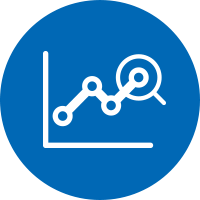
Prediction - predict how processes or events will shape in the future.
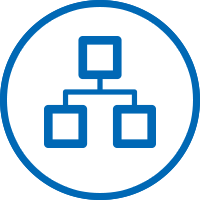
Classification - Use the newest techniques and method to recognize, differentiate, and understood your objects. Select standard or ensemble methods that best match your problem. Use both labeled and non-labeled data. Create smart tools for recognizing unknown objects in a perfect manner.
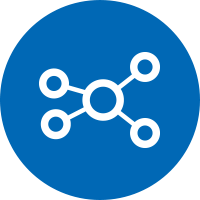
Clustering - Explore your data. Discover your data structure and dependencies between them. Identify the essential features of the objects, reduce the scale of the problem.
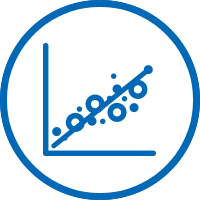
Regression - Estimate the relationships among variables. Model and analyze variables and relationship between a dependent variables and predictors.
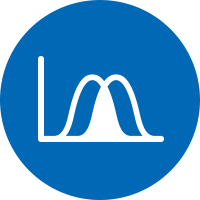
Discriminant Analysis - analyze the data when the criterion or the dependent variable is categorical and the predictor or the independent variable is interval in nature. Develop functions that will discriminate between the categories of the dependent variable in a perfect manner. Examine whether significant differences exist among the groups.
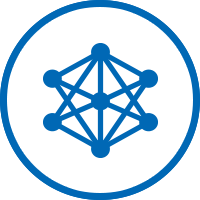
Neural Networks - Inspired by a human brain make fast even very complex analysis. Use Neural Networks in number of different domains such as computer vision, speech recognition, machine translation, social network filtering, medical diagnosis and many other.

Natural Language Processing - analyze, understand, and derive meaning from human language in a smart way. Organize your knowledge and use it in translation, sentiment analysis, speech recognition, and topic segmentation.
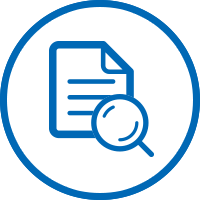
Text Mining - derive high-quality information from text. Analyze text data to discover interesting patterns and extract useful knowledge. Use it in text categorization, text clustering, concept/entity extraction, sentiment analysis, document summarization. Turn text into data for analysis.

Reliability Theory - use machine learning methods to make better optimization policies in a production process.
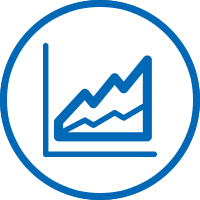
Time series visualization and forecasting - Analyze the dynamic nature of the data collected over time like stock prices, sales volumes, interest rates, and quality measurements. Use run charts, descriptive methods, seasonal decomposition smoothing and ARIMA to deal with the time series data.